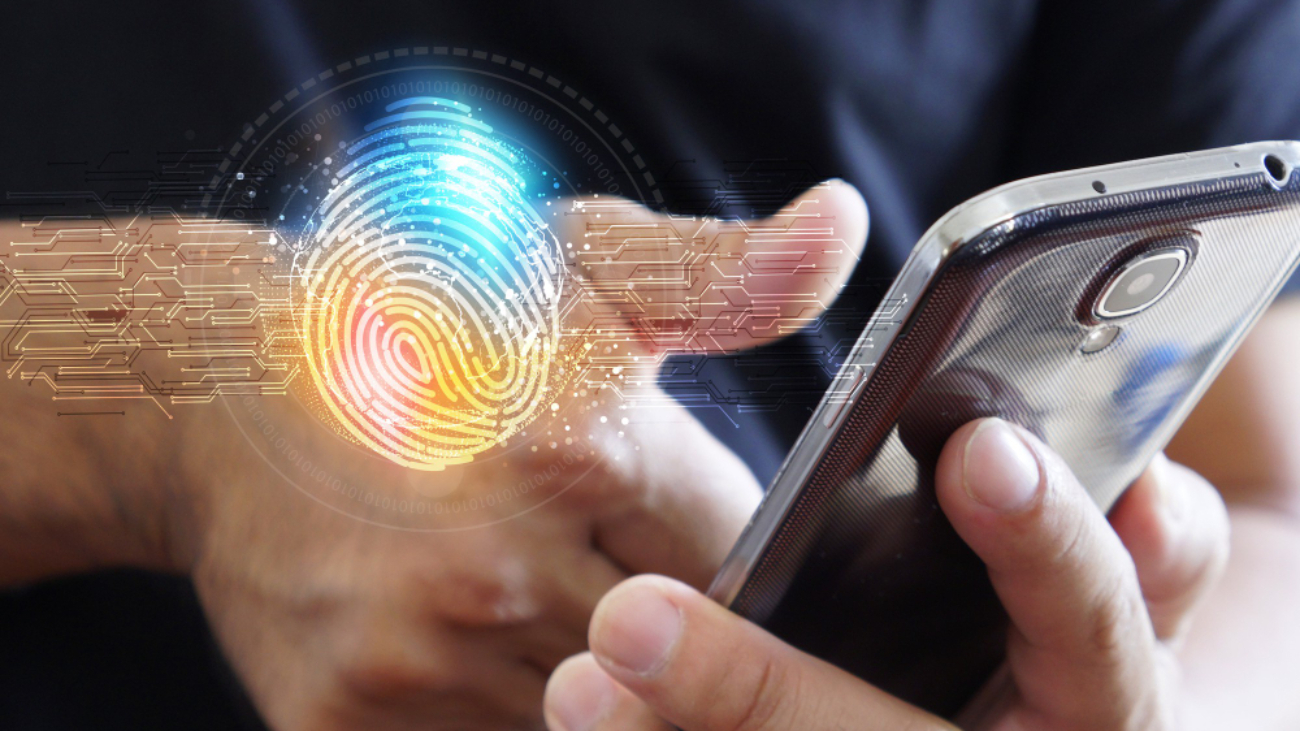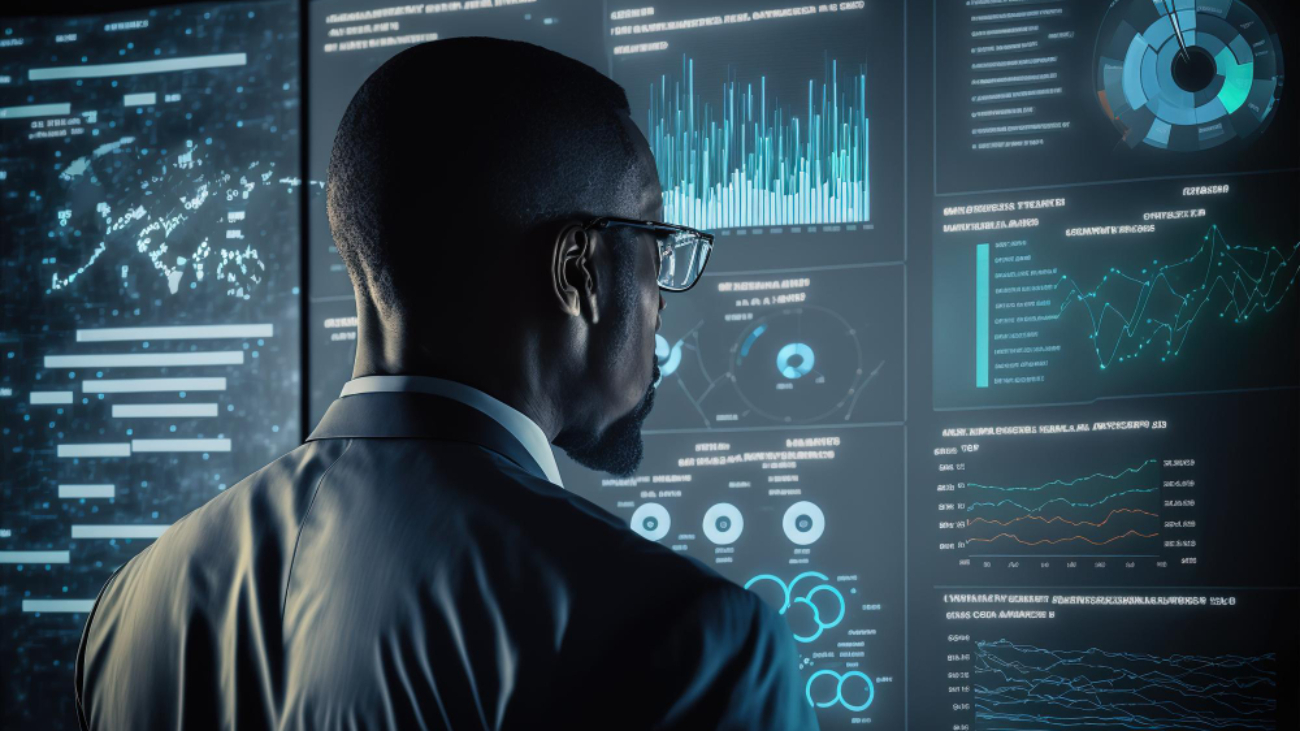In the realm of biometric technology, Bahaa Abdul Hadi feels this method has captured our imaginations with its precision and intriguing uniqueness: iris scanning. This innovative approach relies on the intricate patterns found within the human eye’s iris, a marvel of nature.
Unlike other biometric methods, iris scanning offers a remarkable combination of accuracy and security, making it a compelling choice for various applications. In this blog, we embark on a journey to delve deeper into the world of iris scanning, unraveling its history, principles, applications, advantages, and ethical implications.
The Unique Biometric Patterns in the Iris
Examining the iris unveils its extraordinary biometric patterns. These intricate designs are a result of countless factors, from genetic influences to random developments during fetal growth. What sets iris patterns apart is their extraordinary individuality and stability. Each person possesses a unique arrangement of crypts, furrows, and trabecula, forming a complex and virtually immutable code.
This distinctiveness makes iris recognition an exceptionally reliable means of identification. By capturing high-resolution images of these patterns, iris scanning technology maps these subtle details and converts them into mathematical representations for future comparison, forming the foundation of a secure and accurate identification system.
Applications of Iris Scanning
Iris scanning boasts a wide array of applications across various sectors. In the realm of security, it finds extensive use in access control systems, safeguarding sensitive areas and data with its unrivaled accuracy. Healthcare adopts iris scanning for patient identification and tracking, ensuring correct medical records and treatments. At airports and border crossings, it plays a pivotal role in enhancing security measures, and efficiently verifying travelers’ identities.
The financial sector leverages this technology for secure authentication in banking and financial services, safeguarding transactions. Beyond these, iris scanning continues to gain traction in emerging domains, such as smartphone authentication and even voting systems, promising a versatile future in the world of biometrics.
Advantages and Limitations of Iris Scanning
Iris scanning offers a host of advantages in the realm of biometrics. First, it stands out for its remarkable accuracy and reliability, significantly reducing false positives. Furthermore, this non-intrusive and contactless method ensures user comfort and hygiene. Iris patterns are inherently resistant to spoofing, bolstering security against fraudulent attempts. However, iris scanning is not without its limitations.
Privacy concerns persist, as the technology requires the capture of highly personal data. Plus, implementing iris scanning systems can be costly, and not all organizations possess the necessary infrastructure. In certain scenarios, such as low-light conditions, this method may also face usability challenges.
Conclusion
Our exploration of iris scanning reveals a technology that bridges the gap between precision and security. Its unique biometric patterns, extracted from the iris’s intricate details, offer unmatched accuracy in identification. The applications across security, healthcare, travel, and finance illustrate its versatility and reliability.
Nevertheless, ethical considerations and privacy concerns should not be taken lightly, necessitating robust regulatory frameworks. The future promises continued innovation and integration with artificial intelligence, expanding its horizons. Thank you for your interest in Bahaa Abdul Hadi blogs. For more information, please visit www.bahaaabdulhadi.com







